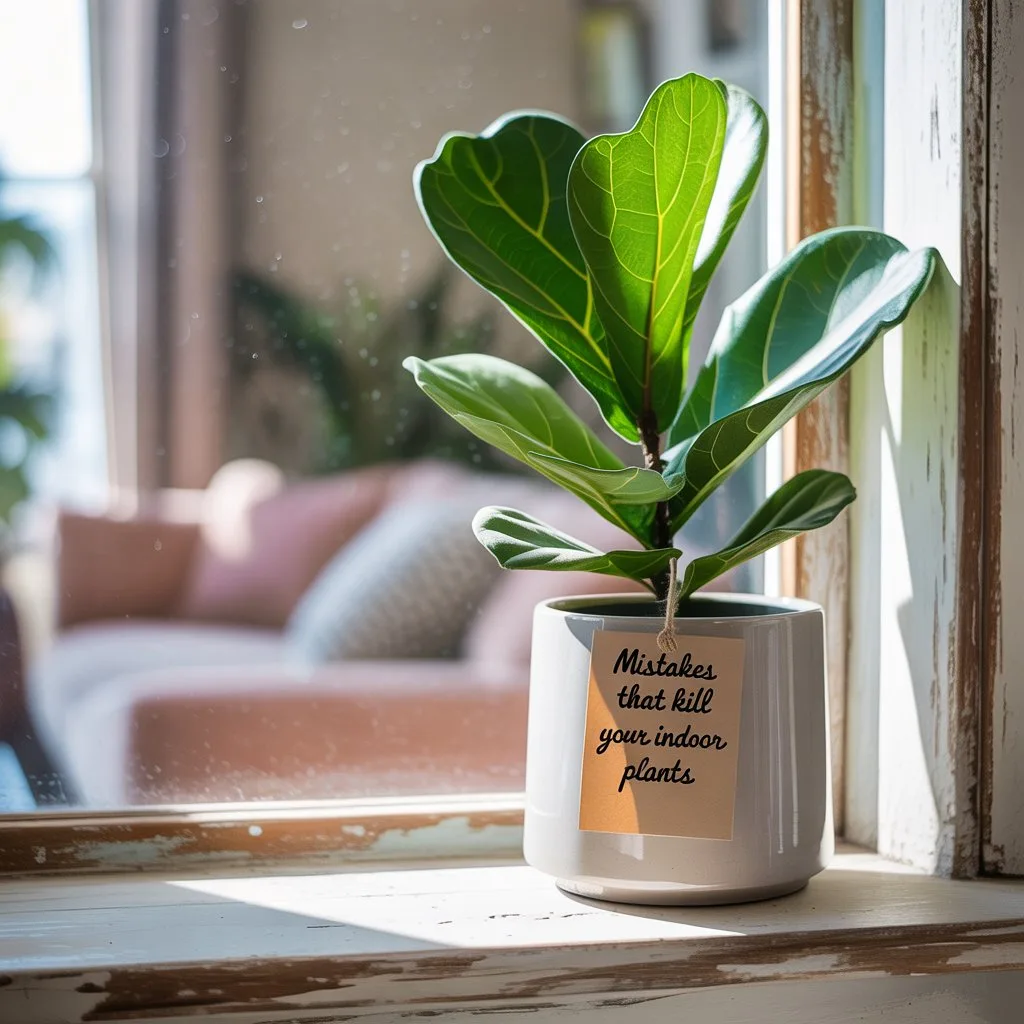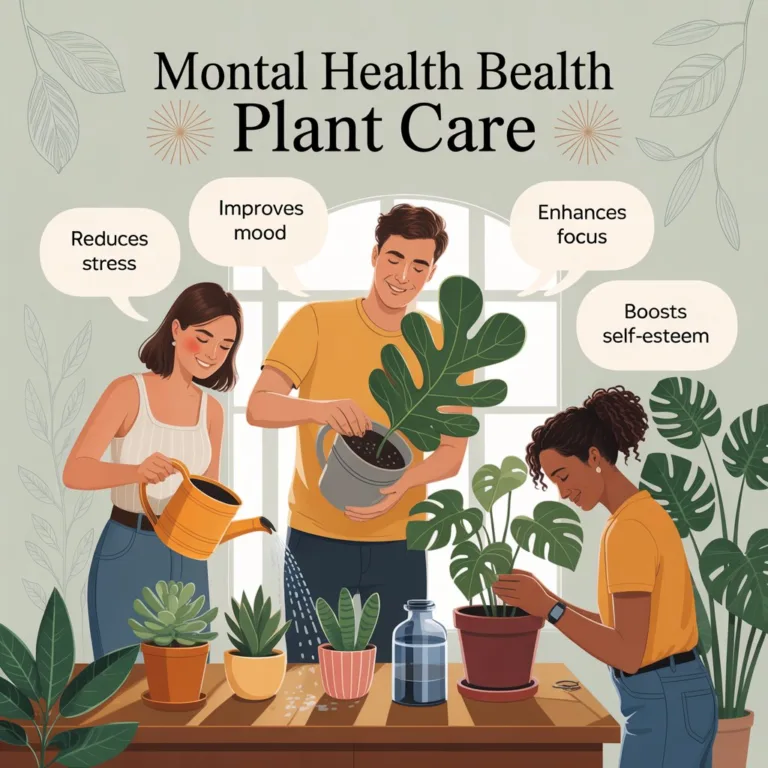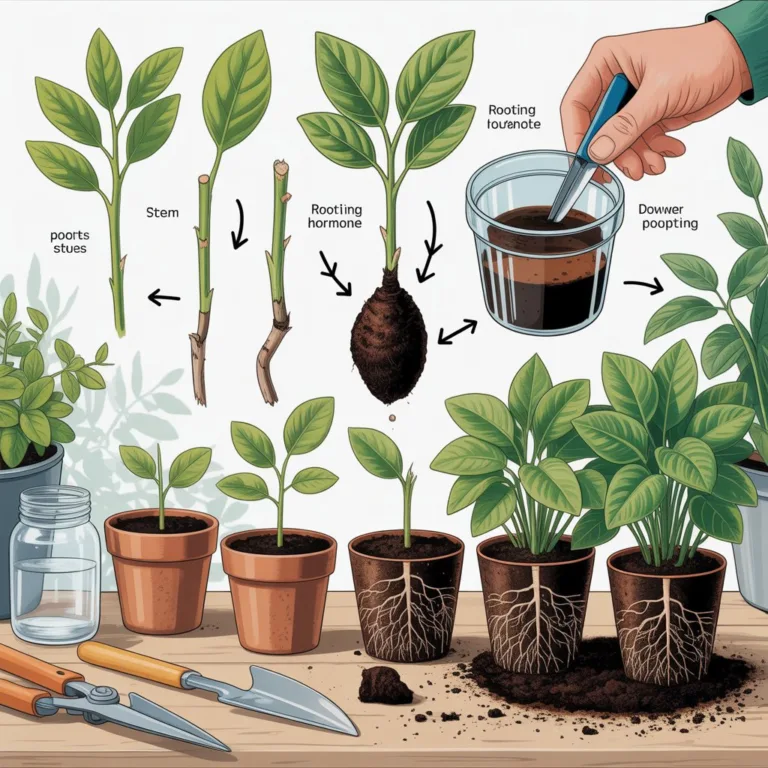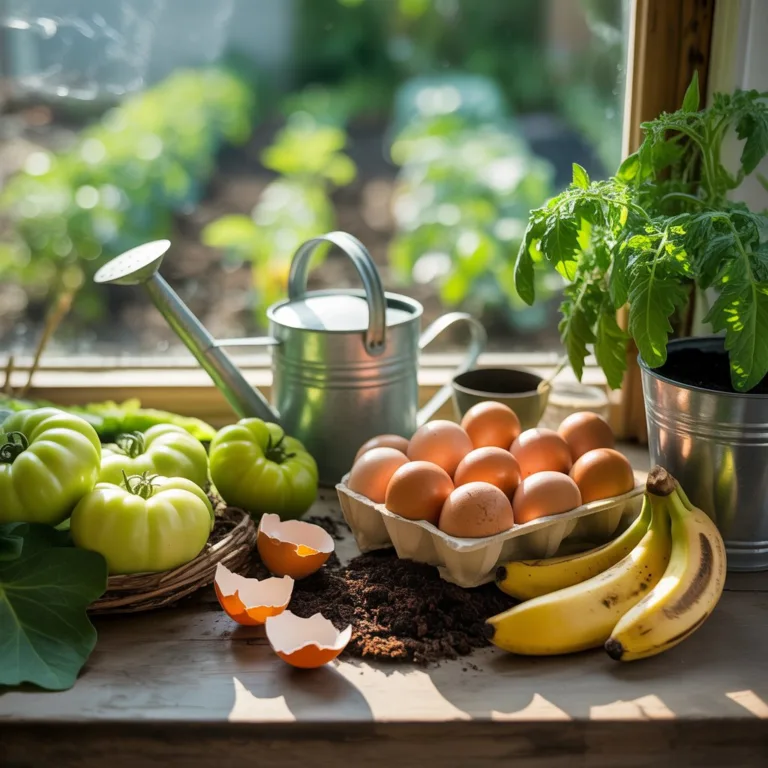Caring for indoor plants can be deeply rewarding, yet many plant enthusiasts struggle with keeping their greenery healthy and thriving. Often, the culprit behind a drooping fern or yellowing pothos isn’t a lack of effort but rather common mistakes that are easy to overlook. Understanding these pitfalls allows you to create a vibrant, lush indoor garden while fostering a deeper connection with your living space.

Indoor plants offer more than decoration—they improve air quality, boost mood, and even enhance creativity. However, their well-being depends on creating an environment that aligns with their natural needs. By identifying and correcting common errors, gardeners can prevent unnecessary plant loss and promote long-term growth.
Overwatering: The Silent Killer
One of the most frequent mistakes is overwatering. While plants need water to survive, excess moisture can suffocate roots, leading to rot and disease.
Signs of overwatering include:
- Yellowing leaves
- Wilting despite damp soil
- Foul odor from the soil
To avoid this, choose pots with proper drainage, allow the soil to dry slightly between waterings, and research the specific needs of each plant species. Succulents, for instance, thrive on minimal water, while ferns prefer consistently moist soil.
Underwatering and Neglect
Conversely, underwatering can also harm plants. Lack of water stresses plants, causing wilting, leaf drop, and slowed growth.
Tips for proper watering:
- Check soil moisture regularly with your finger or a moisture meter.
- Water deeply but infrequently, encouraging strong root development.
- Adjust watering frequency according to seasonal changes and indoor humidity levels.
Balancing water intake is essential for healthy indoor plants.
Improper Light Conditions
Light is a critical factor for photosynthesis and overall plant health. Placing plants in unsuitable light conditions can stunt growth or cause leaf burn.
Common mistakes include:
- Keeping sun-loving plants in low-light corners
- Placing shade-tolerant plants in direct sunlight
- Ignoring seasonal changes in natural light availability
Understanding each plant’s light requirements is essential. Rotate plants periodically to ensure even light exposure and prevent uneven growth.
Wrong Pot and Soil Choices
The pot and soil type can significantly impact plant health.
Issues to avoid:
- Using pots without drainage holes, which can trap excess water
- Selecting soil that doesn’t match plant needs, such as dense soil for succulents
- Ignoring pot size; too large a pot retains excess moisture, while too small restricts root growth
Opt for breathable, well-draining soil and appropriately sized pots to create the best environment for roots to thrive.
Ignoring Humidity Requirements
Indoor environments, particularly those with air conditioning or heating, often have low humidity levels. Many tropical plants, like monstera and calathea, suffer in dry air.
Strategies to maintain adequate humidity:
- Group plants together to create a microenvironment
- Use a humidifier in dry rooms
- Mist plants occasionally, taking care not to encourage mold growth
Monitoring and adjusting humidity can prevent leaf curling, browning, and other stress symptoms.
Overfertilizing
Fertilizers provide essential nutrients but overuse can harm plants. Excess salts from fertilizers can accumulate in soil, burning roots and inhibiting growth.
Best practices for fertilizing:
- Follow recommended dosage and frequency on labels
- Flush soil with water periodically to remove excess salts
- Choose organic or slow-release fertilizers for safer nutrient delivery
Understanding the nutritional needs of your plants prevents accidental harm from well-meaning care.
Pests and Diseases
Indoor plants are susceptible to pests like aphids, spider mites, and fungus gnats, as well as fungal or bacterial infections.
Prevention and management tips:
- Inspect new plants before bringing them indoors
- Keep plants clean and remove dead leaves
- Use natural remedies like neem oil or insecticidal soap when needed
- Quarantine infected plants to prevent spread
Proactive monitoring and hygiene can prevent infestations from becoming devastating.
Temperature Stress
Extreme temperatures, drafts, or sudden fluctuations can shock indoor plants.
Guidelines for stable temperature:
- Keep tropical plants away from heaters or air conditioning vents
- Avoid placing plants near frequently opened doors or windows during cold seasons
- Maintain a consistent temperature suitable for each plant species
Stable temperatures reduce stress and allow plants to grow steadily.
Poor Pruning and Maintenance
Neglecting pruning or improper trimming can lead to weak, overcrowded, or disease-prone plants.
Tips for effective maintenance:
- Remove dead or yellowing leaves regularly
- Trim leggy growth to encourage bushier development
- Clean leaves to allow better light absorption and reduce pests
Proper maintenance supports long-term plant health and visual appeal.
Ignoring Plant-Specific Needs
Each indoor plant species has unique requirements regarding light, water, soil, and temperature. Applying the same care routine to all plants can result in poor growth or death.
Recommendations:
- Research specific needs before acquiring a plant
- Observe plant behavior and adjust care as needed
- Keep a journal to track watering, light, and fertilization patterns
Personalized care increases survival rates and ensures plants thrive indoors.
Using Improper Tools
Using dirty or inappropriate tools can introduce disease and damage plants.
Tips for proper tool use:
- Sterilize scissors, pruners, and pots regularly
- Use the correct tool size for the plant to avoid injury
- Handle plants gently to prevent broken stems and leaves
Clean, appropriate tools maintain plant health and prevent contamination.
Neglecting Repotting
Plants may outgrow their containers, leading to root-bound conditions that inhibit growth and water absorption.
Repotting advice:
- Check roots periodically for crowding
- Choose slightly larger pots when repotting
- Refresh soil to replenish nutrients
Regular repotting supports strong root systems and overall plant vitality.
Encouraging Plant Growth Through Observation
A thriving indoor garden requires observation and adaptation. Watch for subtle changes in leaf color, texture, and growth patterns. Adjust care routines based on feedback from your plants.
This attentive approach fosters a deeper understanding of plant biology and encourages more effective care.
Indoor plant care is a balance of science, patience, and observation. By avoiding overwatering, providing appropriate light, choosing suitable pots and soil, maintaining humidity, and monitoring pests, gardeners can prevent common mistakes that harm their indoor plants. Each plant is unique, and understanding its needs allows for a lush, vibrant indoor garden that contributes beauty, wellness, and a touch of nature to your living space.

Sofia Greenfield is a sustainable gardening expert and environmental educator who inspires families and urban gardeners to cultivate green spaces responsibly. She shares practical tips on growing vegetables, herbs, and flowers using eco-friendly and recycled materials, emphasizing the joy of gardening while protecting the planet.



